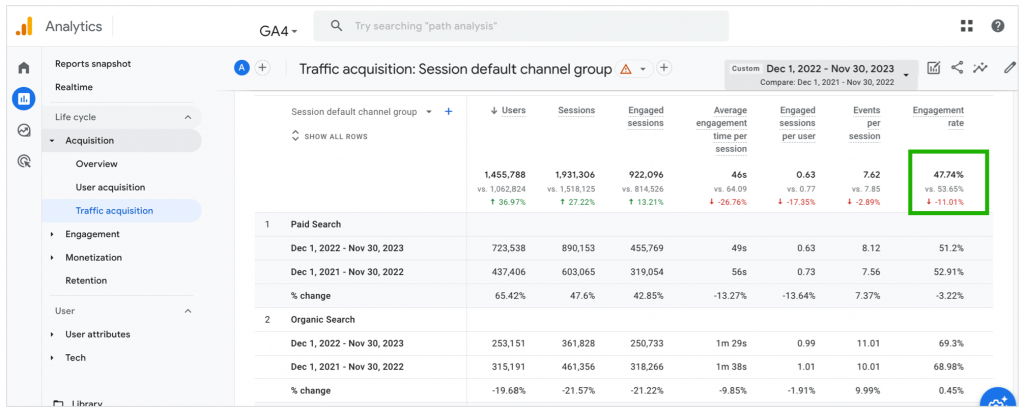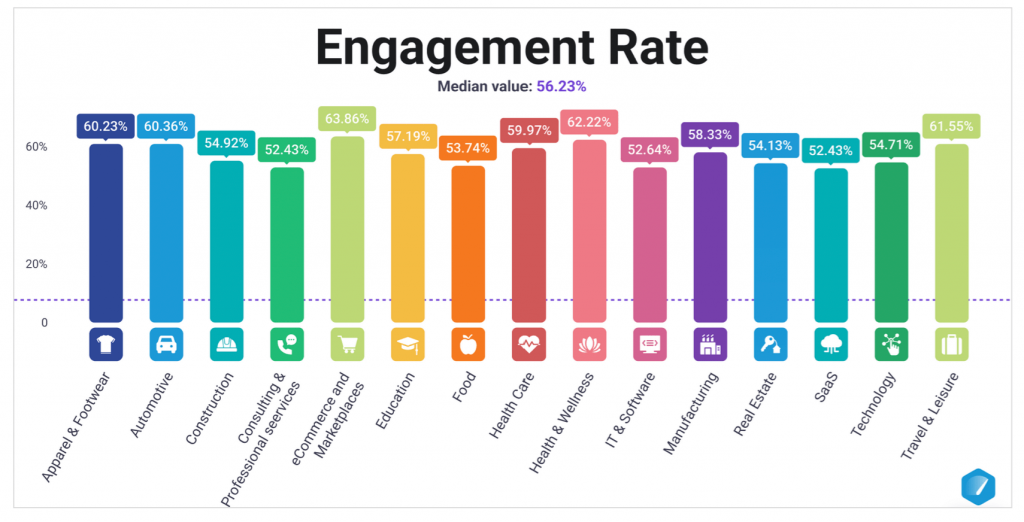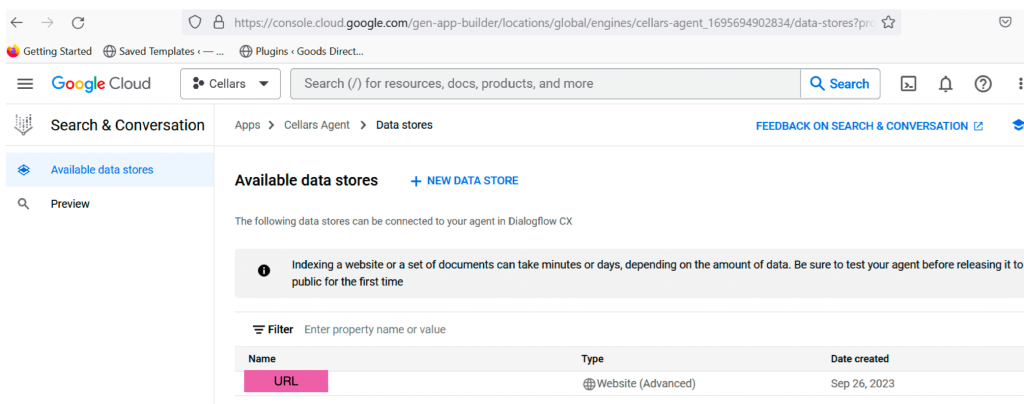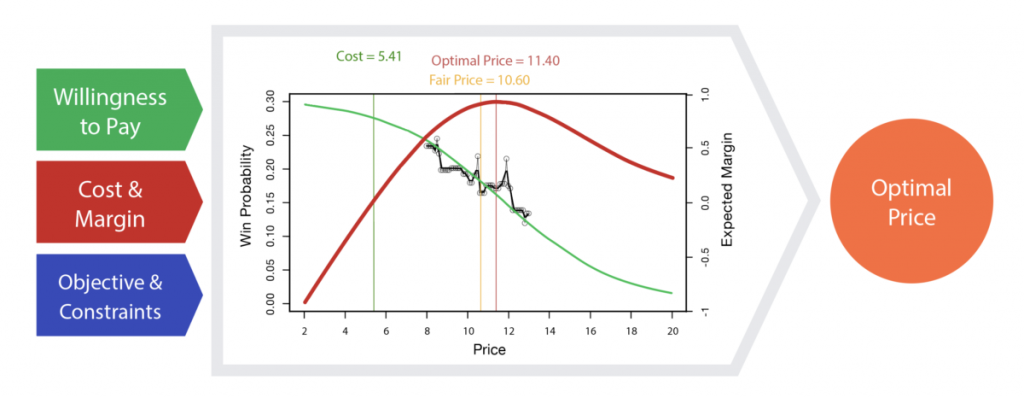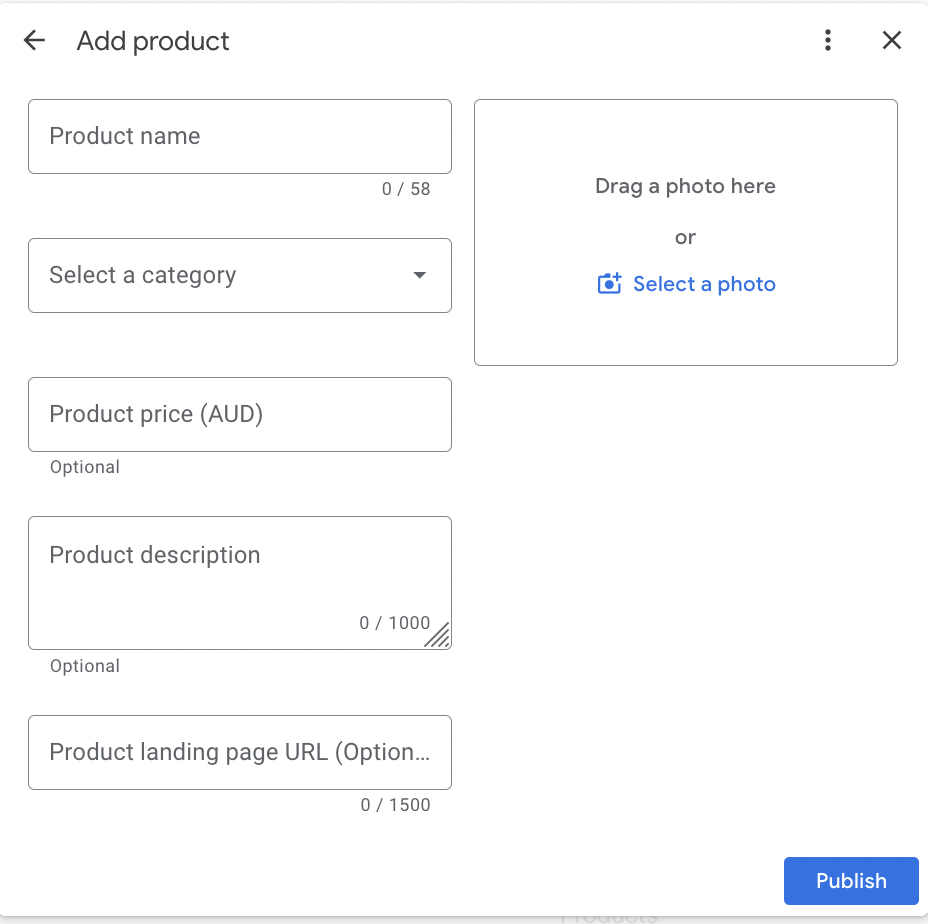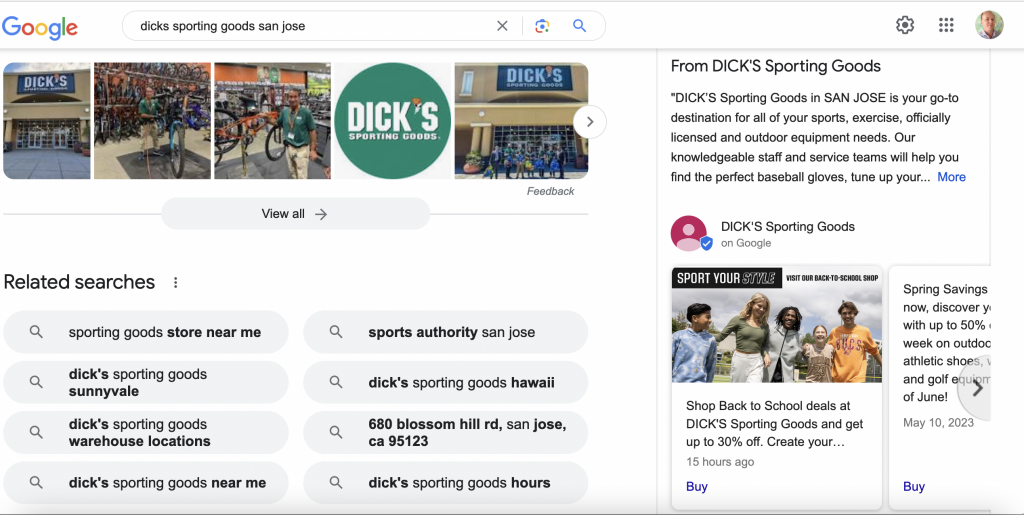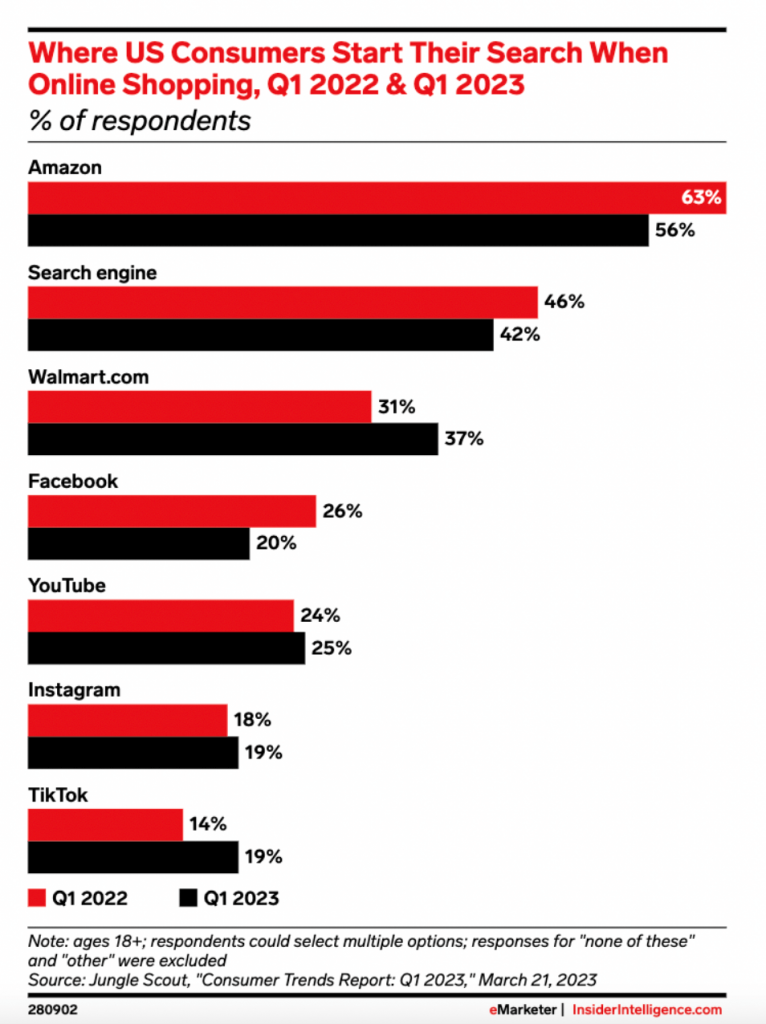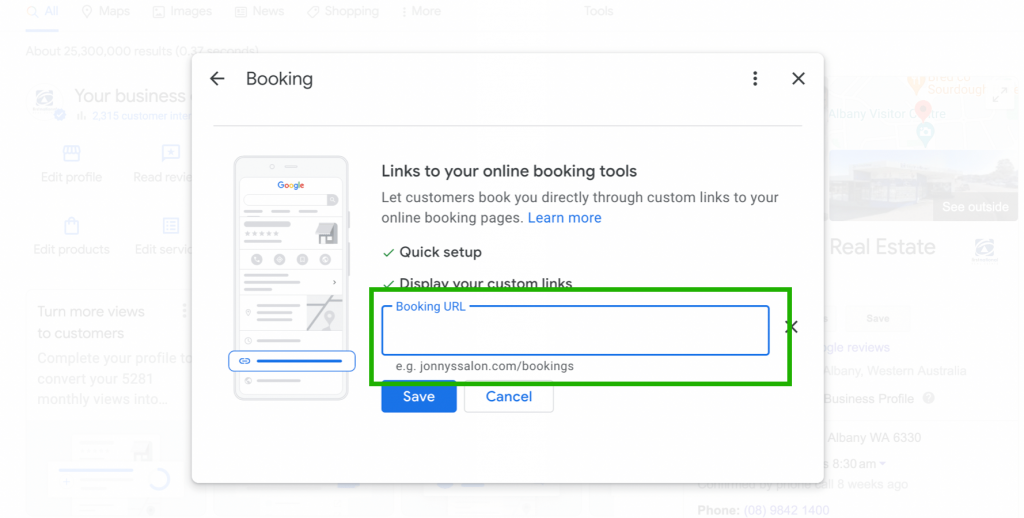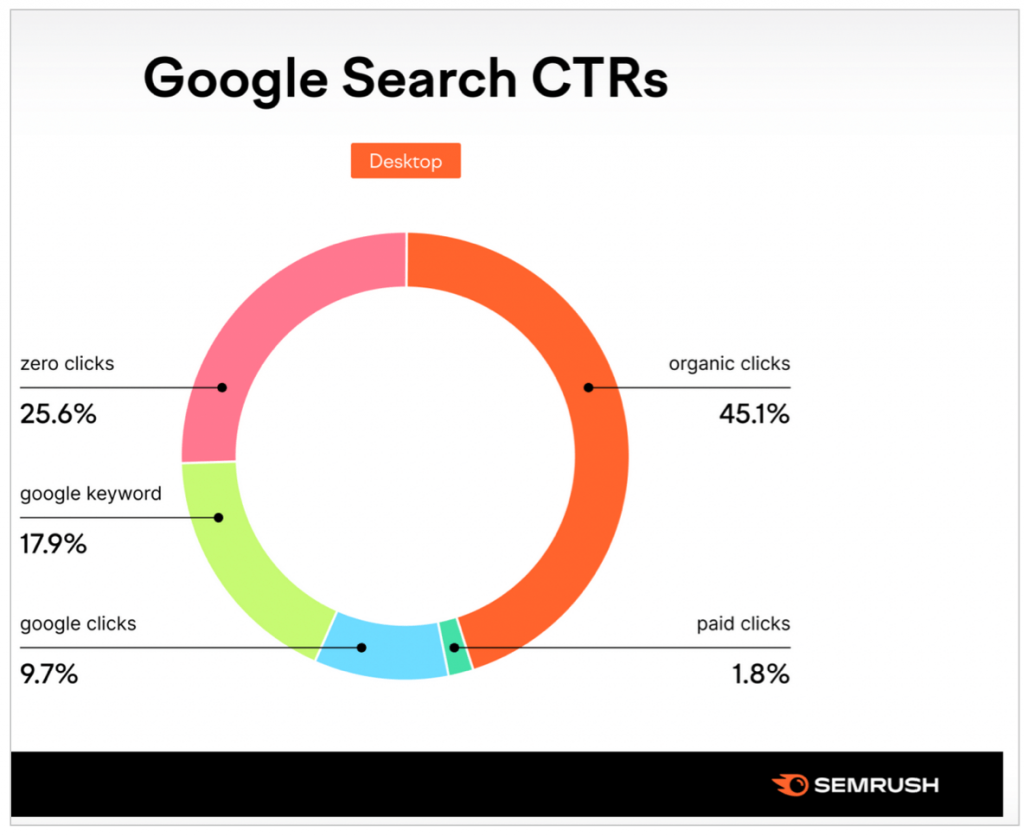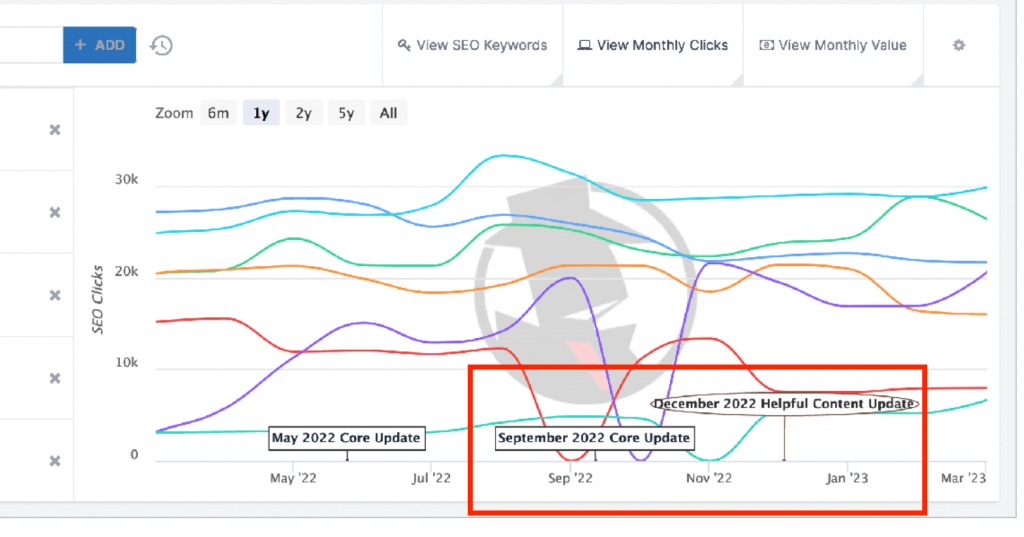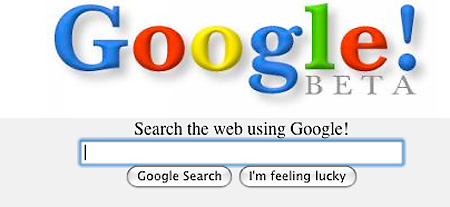Google’s Search Generative Experience (SGE) has a more conversational feel to it. Questions appear below answers and the results page is more interactive, feels more intuitive and simulating a human response – which is after all what Artificial Intelligence does.
It’s a given now in Silicon Valley that conversational agents are expected to replace traditional software UIs, creating more human and natural interactions. And that includes the results pages for search engines. Now that might seem like a knock out punch for organic rankings and fulfil Google’s shareholder dreams to monetize the entire page with paid ads yet hold on amigo! We’re not done yet as the lifeblood of Google’s search engine is the functionality of being able to find relevant, third party information.
Google’s Search Generative Experience isn’t working to everyone’s satisfaction as we can see below! So it will take some time for Google and Bing to fully roll out correct versions of thier AI search products. That might take many years.
When Marc Phillips spoke to several hundred retailers recently at a conference, it was obvious that AI was still nascent for most business folks outside of technology, education and information services fields. Not every industry is drinking the Kool Aid of AI outside of Silicon Valley! Sure, AI is transformative yet as one store owner commented ‘AI sure isn’t going to sell products on the showroom floor to my customers’.
Perhaps the best advice is for everyone to use AI in different applications as it’s early days and change is the only constant right now in the AI world.




